

Home / Lifestyle / Health & Fitness / Photos /
Cuts on 4,000-yr-old skulls reveal ancient Egyptians tried to treat cancer
Updated On: 31 May, 2024 05:05 PM IST | Editor
The study shows cut marks on the skulls which reveal the extent of traumatological and oncological treatments practised by the ancient Egyptians
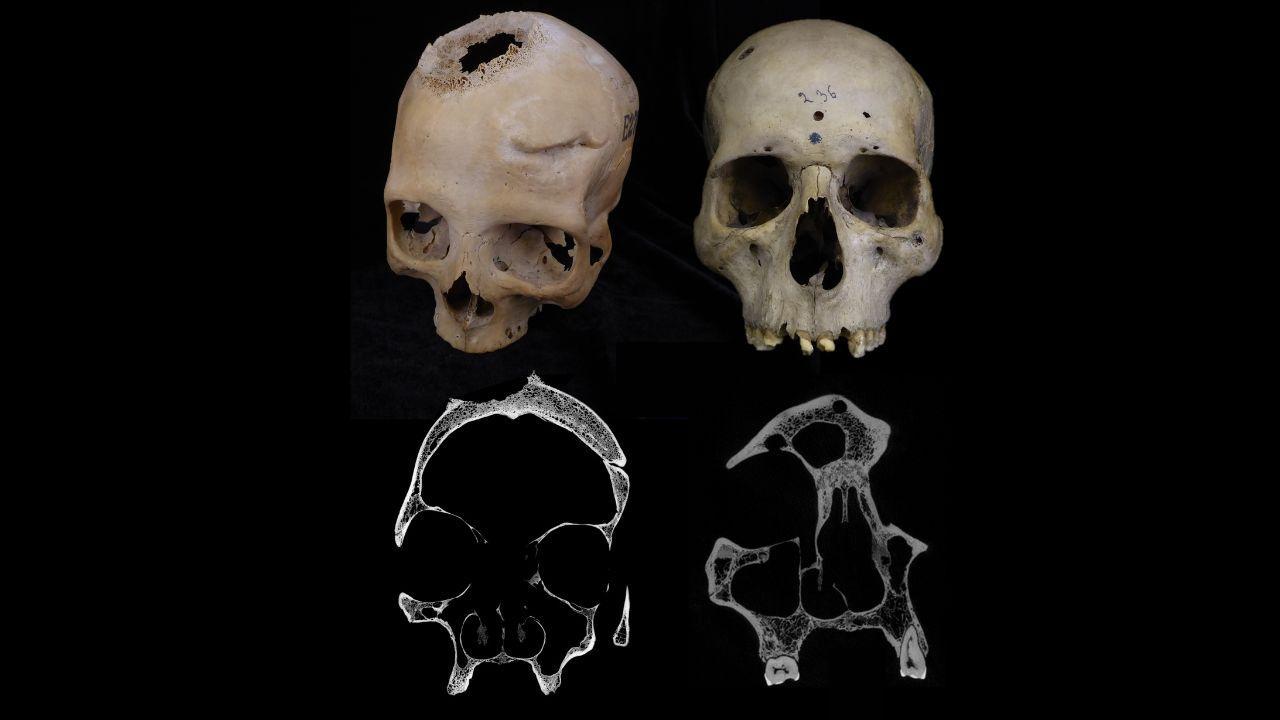
1/8
The study shows cut marks on the skulls which reveal the extent of traumatological and oncological treatments practised by the ancient Egyptians
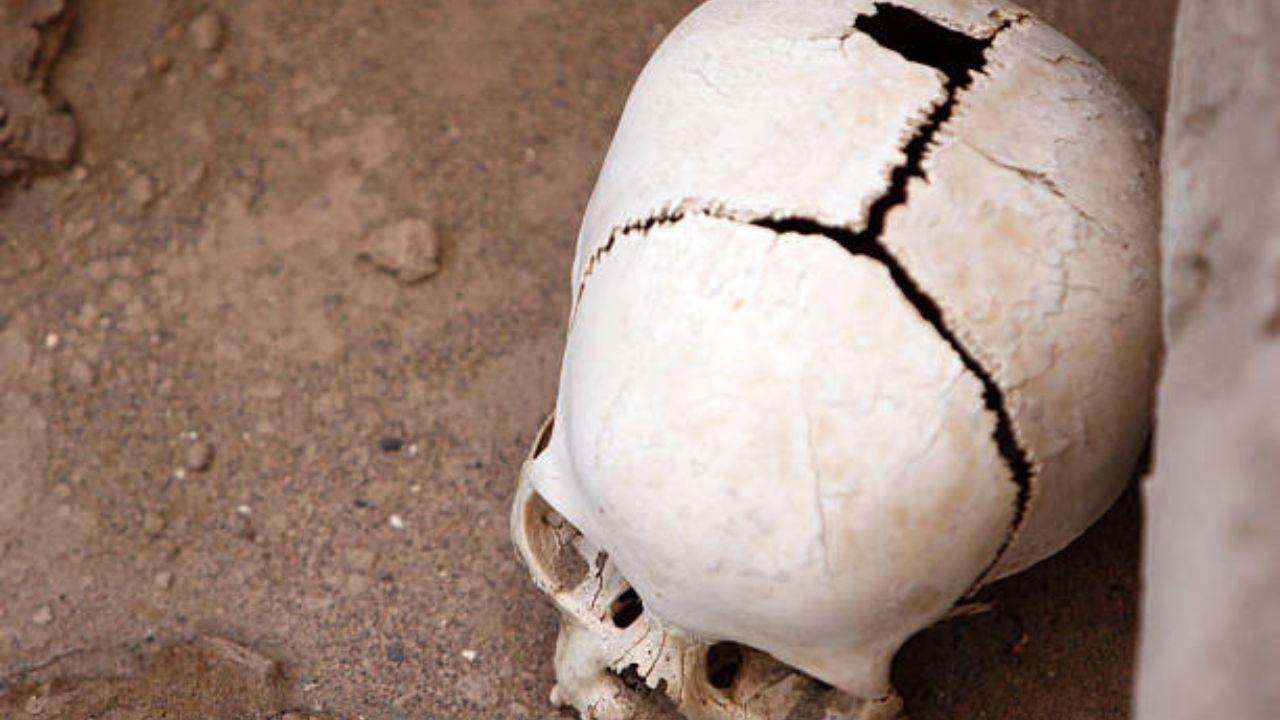
2/8
A study on two 4,000-year-old skulls revealed that Ancient Egyptians attempted to operate on excessive tissue growth or learn more about cancerous disorders after a patient`s death
ADVERTISEMENT
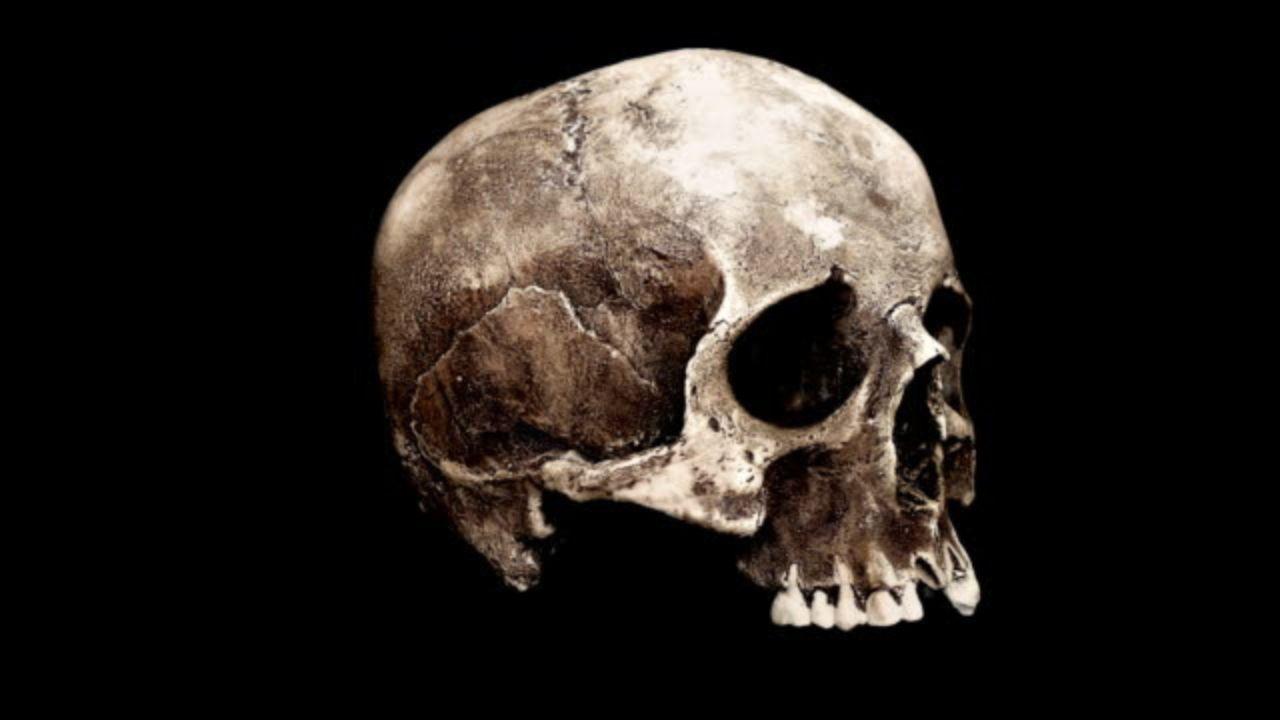
3/8
An international team of researchers studied two human skulls -- male and female and each thousands of years old.
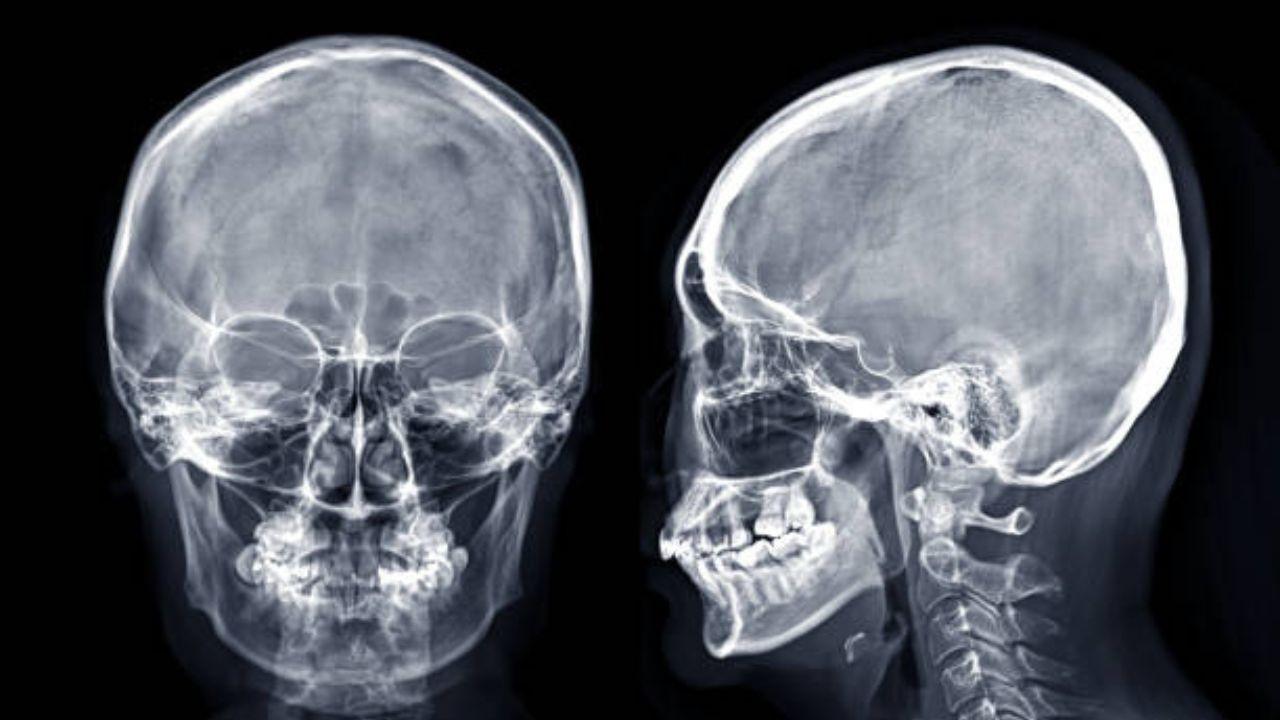
4/8
The study shows cut marks on the skulls which reveal the extent of traumatological and oncological treatments practised by the ancient Egyptians.
ADVERTISEMENT
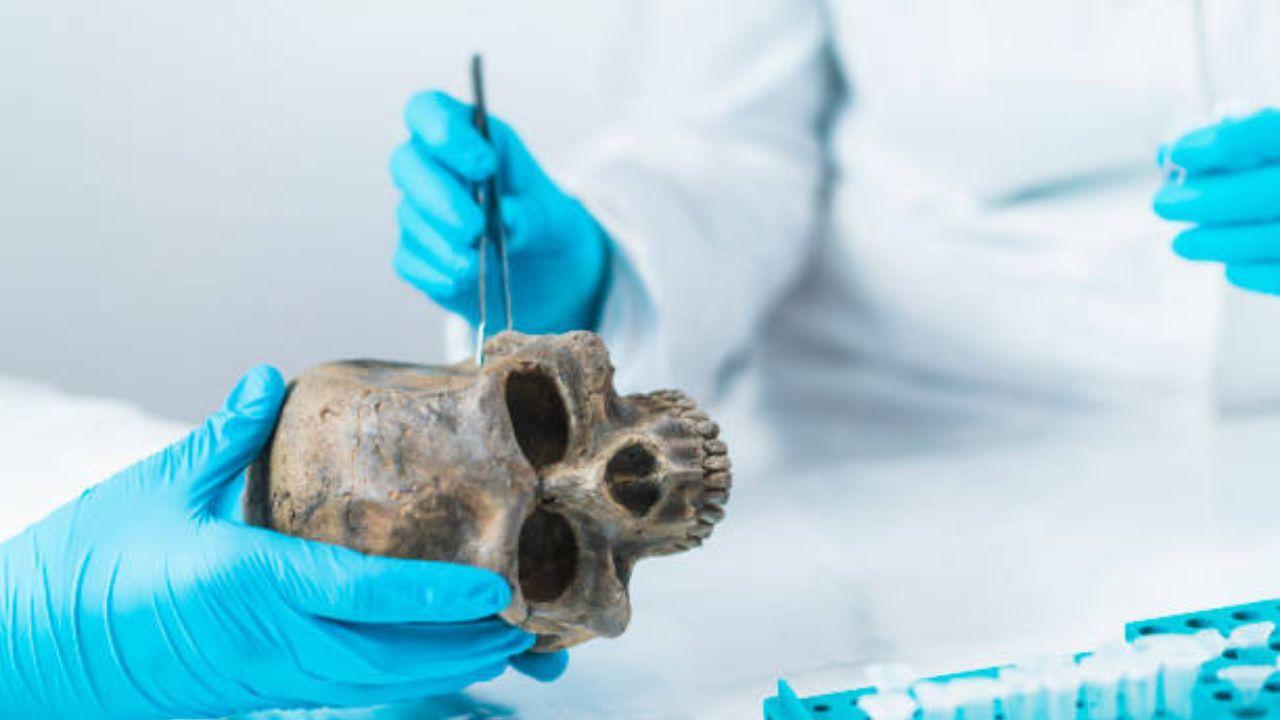
5/8
The two skulls -- Skull and Mandible 236, dating from between 2687 and 2345 BCE, belonged to a male individual aged 30 to 35, while Skull E270, dating from between 663 and 343 BCE, belonged to a female individual who was older than 50 years.
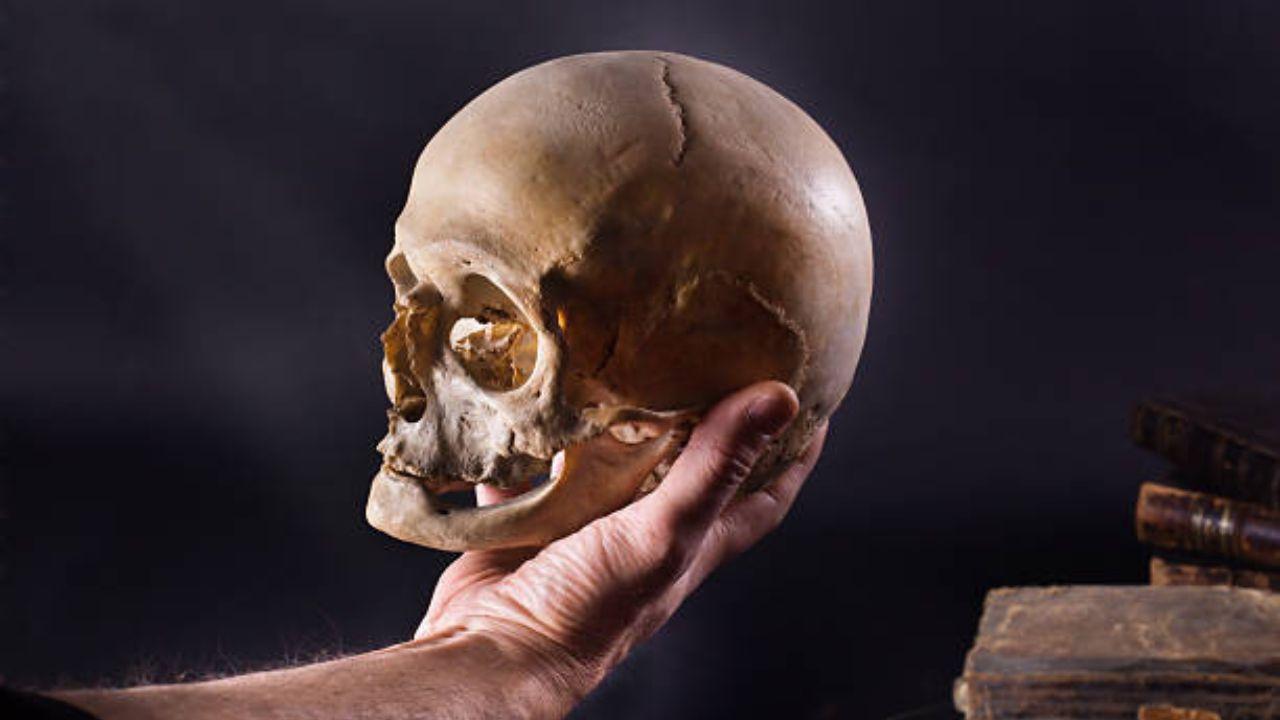
6/8
Microscopic observation of skull 236 showed a big-sized lesion consistent with excessive tissue destruction, known as neoplasm. Further, there were also 30 or so small and round metastasised lesions scattered across the skull, with cut marks probably made by a sharp object such as a metal instrument.
ADVERTISEMENT
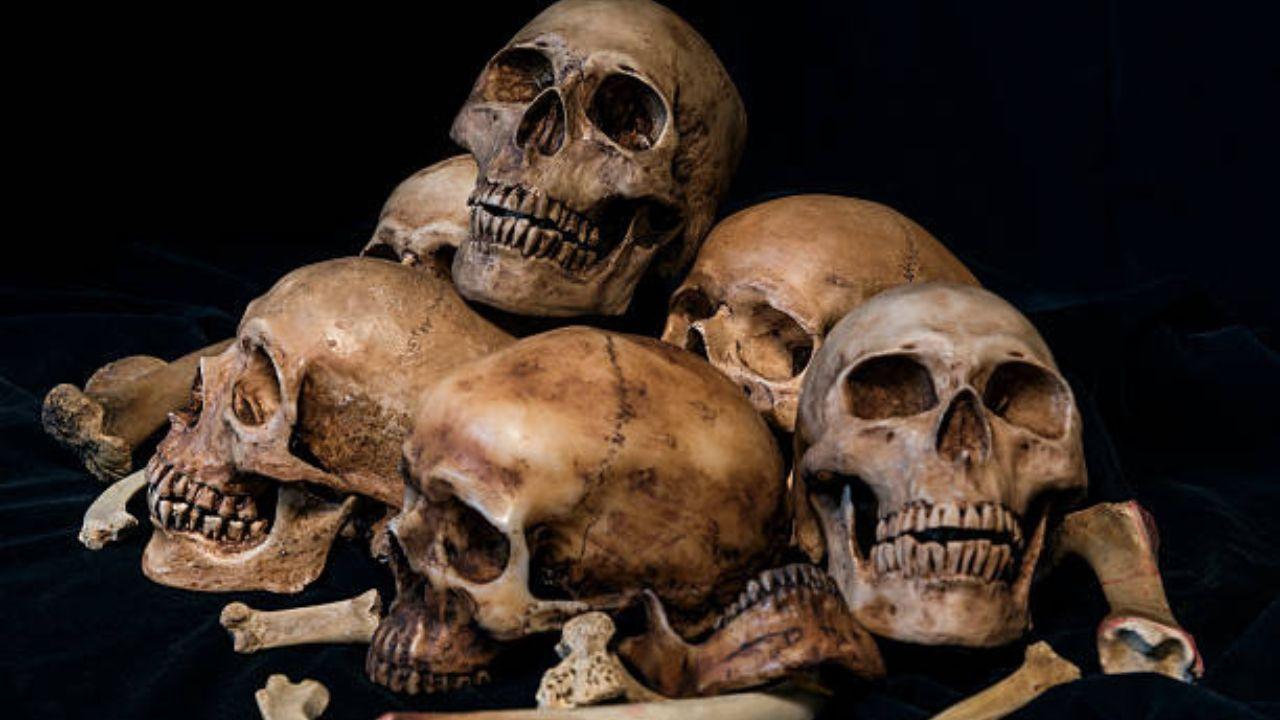
7/8
Analysis of Skull E270 also showed a big lesion consistent with a cancerous tumour that led to bone destruction, and two lesions from traumatic injuries that received treatment.
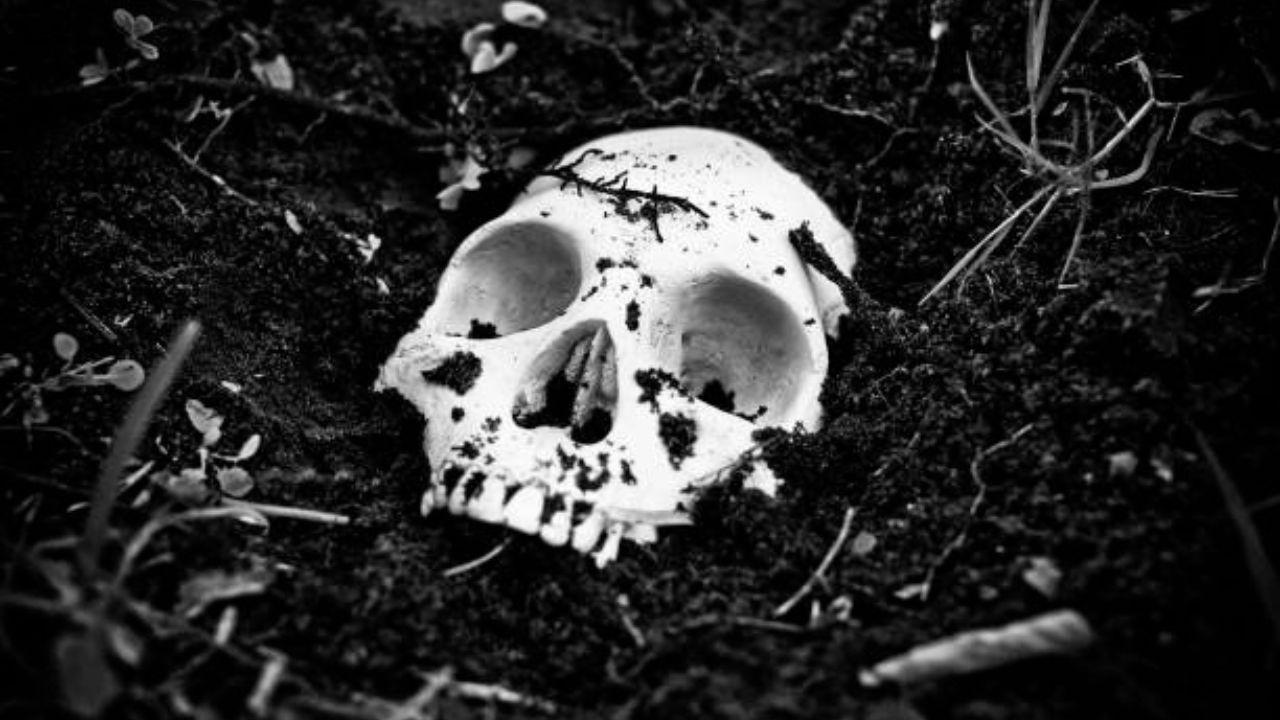
8/8
"This may indicate that although today`s lifestyle and cancer-causing substances in the environment increase cancer risk, it was also a common pathology in the past," the team said. With inputs from IANS. Images are for representational purposes only. Photo Courtesy: iStock
ADVERTISEMENT
ADVERTISEMENT
Photo of Day

High tidal waves in Mumbai delay Lalbaugcha Raja`s visarjan
The iconic Lalbaugcha Raja idol was shifted onto a raft on Sunday afternoon after delays since morning due to high tide and technical challenges, with final immersion, delayed by several hours, expected to take place around 11 pm, officials said.


